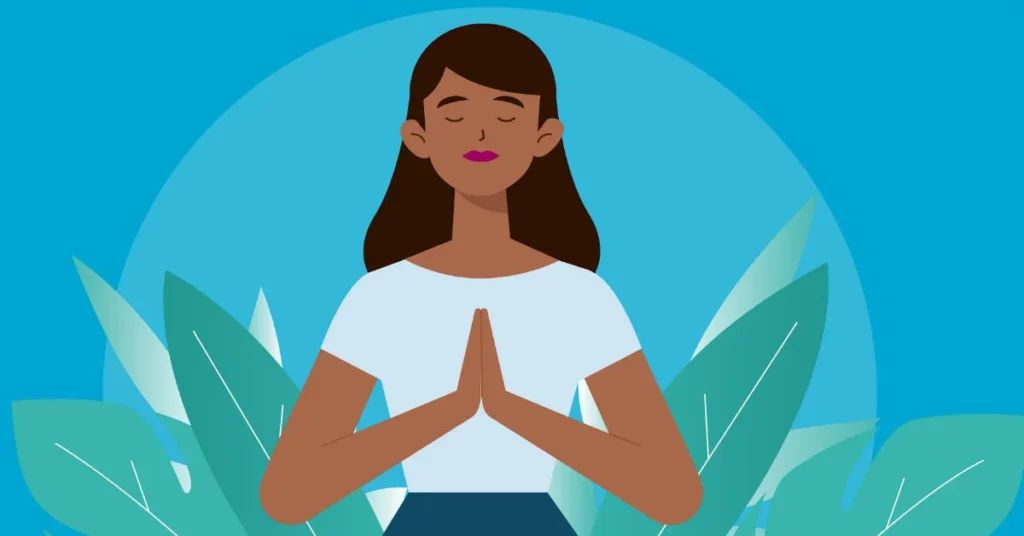Understanding Depression and Anxiety: Symptoms, Differences, and Treatment Options
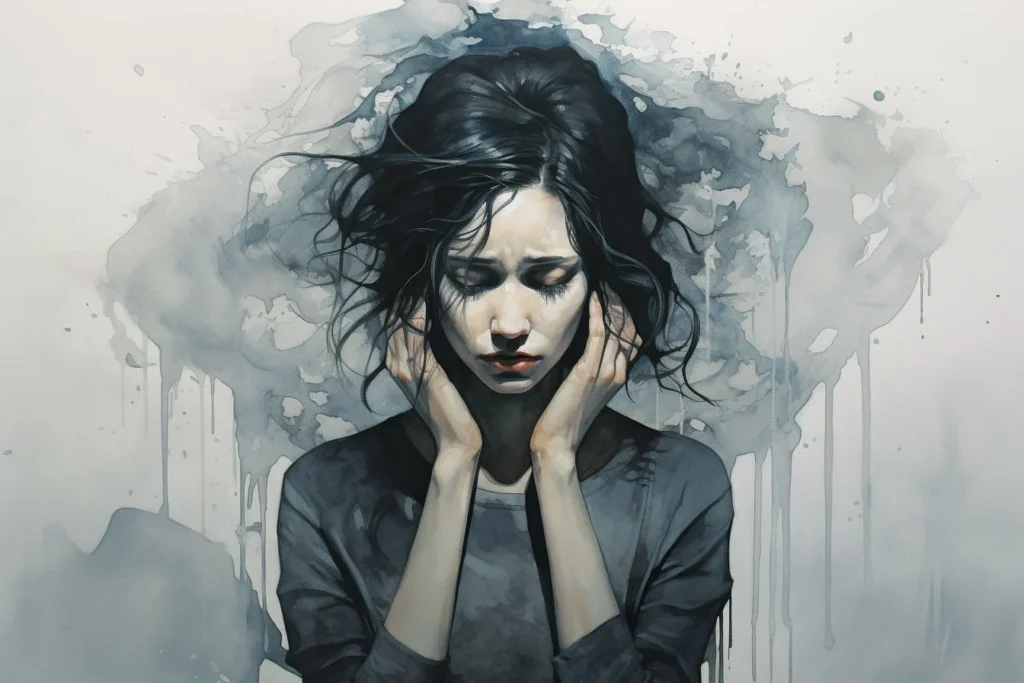
Anxiety and depression are both mood disorders, each with distinct characteristics. Depression typically causes feelings of sadness, hopelessness, and a lack of energy, while anxiety induces feelings of nervousness, worry, or dread. It’s possible to experience both conditions simultaneously, as symptoms like agitation and restlessness can overlap.
Identifying Depression
Depression affects your emotions and behavior. Common symptoms include:
- Persistent sadness, hopelessness, or anxiety
- Loss of interest in previously enjoyable activities
- Fatigue and low energy
- Changes in appetite and weight
- Sleep disturbances (too much or too little)
- Difficulty concentrating or making decisions
These symptoms must be present most of the day, nearly every day, for at least two weeks to be diagnosed as depression. A doctor can rule out medical conditions that might cause similar symptoms.
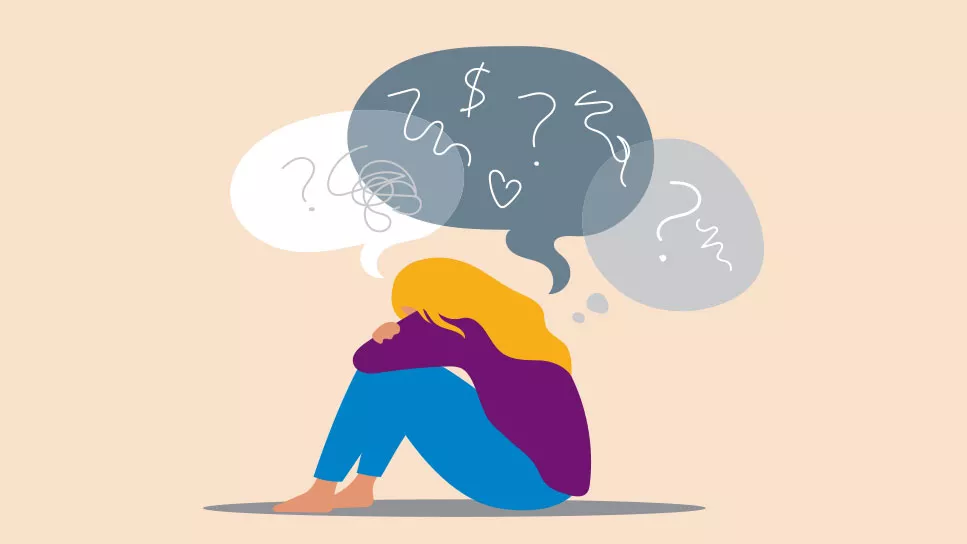
Identifying Anxiety
While worry and fear are normal, persistent or excessive anxiety can indicate an anxiety disorder. Symptoms include:
- Constant worry or fear
- Irritability or feeling on edge
- Physical symptoms like sweating or shaking
- Feeling out of control
Types of Anxiety Disorders
- Generalized Anxiety Disorder (GAD): Worry about various things.
- Social Anxiety Disorder: Fear of social situations.
- Panic Disorder: Sudden intense fear, often with physical symptoms.
- Phobias: Intense fear of specific objects or situations.
- Obsessive-Compulsive Disorder (OCD): Repetitive thoughts and behaviors.
- Posttraumatic Stress Disorder (PTSD): Anxiety following a traumatic event, with flashbacks or panic attacks.
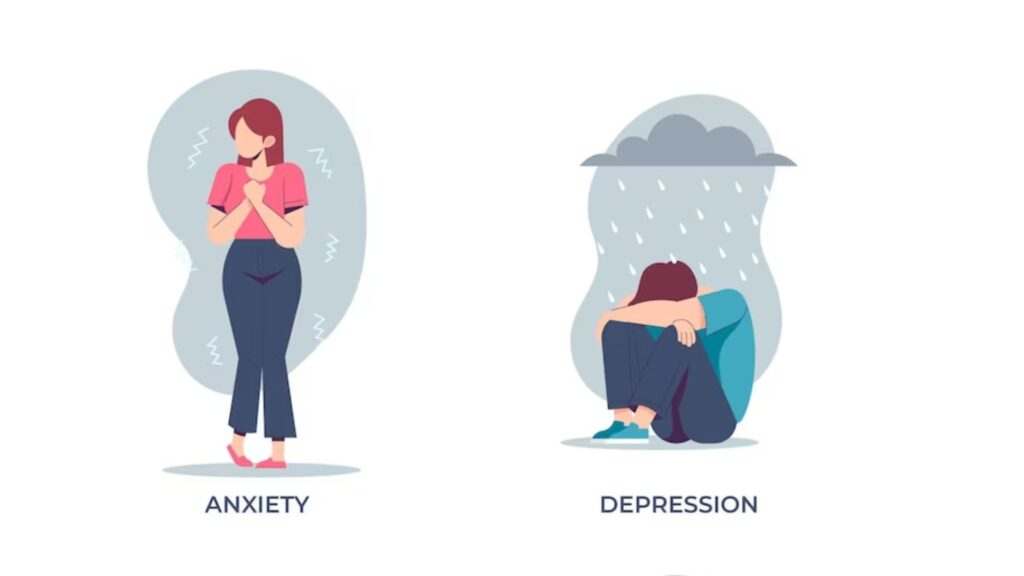
Differences Between Depression and Anxiety
The primary difference lies in their core symptoms. Depression is marked by persistent sadness and loss of interest, whereas anxiety centers around uncontrollable worry and fear. Both conditions can co-occur, with each potentially worsening the other.
Treatment for Depression and Anxiety
Diagnosing and treating co-occurring depression and anxiety can be challenging. Treatment options include:
1. Talk Therapy (Counseling)
- Cognitive Behavioral Therapy (CBT): Teaches new thinking and behavior patterns.
- Interpersonal Therapy: Improves communication skills.
- Problem-Solving Therapy: Develop strategies to manage symptoms.
You can find specialized therapists through the Anxiety Disorders Association of America or by asking your doctor for a referral.

2. Medication
Doctors may prescribe antidepressants to treat both conditions, such as:
- SSRIs (Selective Serotonin Reuptake Inhibitors):
- Citalopram (Celexa)
- Escitalopram (Lexapro)
- Fluoxetine (Prozac)
- Paroxetine (Paxil)
- Sertraline (Zoloft)
- SNRIs (Serotonin-Norepinephrine Reuptake Inhibitors):
- Desvenlafaxine (Pristiq)
- Duloxetine (Cymbalta)
- Venlafaxine (Effexor)
- Other medications:
- Bupropion (Wellbutrin)
- Mirtazapine (Remeron)
Inform your doctor about all medications and supplements you are taking to avoid interactions.
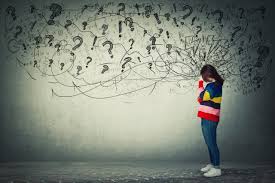
3. Lifestyle Changes
- Exercise: Boosts mood and energy, and is beneficial for mild to moderate depression.
- Relaxation Techniques: Practices like yoga, meditation, and deep breathing can reduce anxiety.
- Healthy Diet: Nutritious foods can enhance mood and energy. Opt for lean proteins, healthy fats, and plenty of fruits and vegetables. Limit sugar, caffeine, and processed foods.
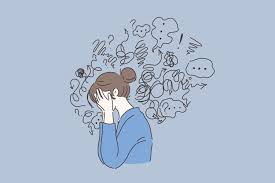
4. Support Networks
Maintaining strong relationships can provide emotional support. Open up to family and friends, seek professional help if needed, and consider joining support groups.
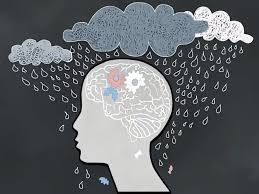
Seeking Help
If you or someone you know is in immediate danger or considering self-harm, contact the Suicide & Crisis Lifeline at 988 for 24/7 support from trained counselors.




